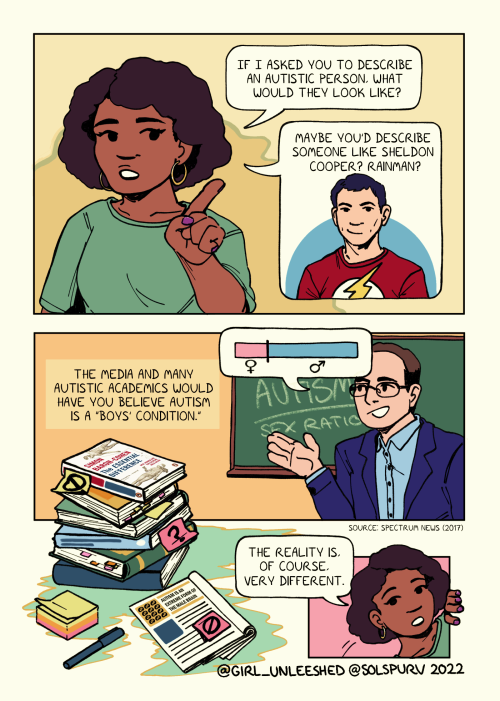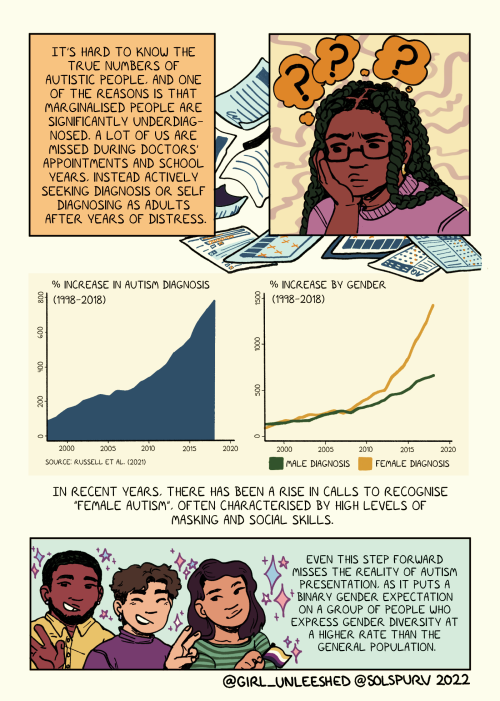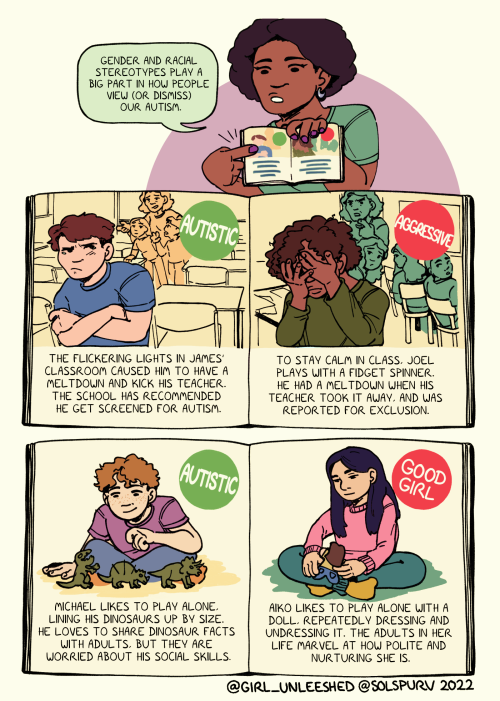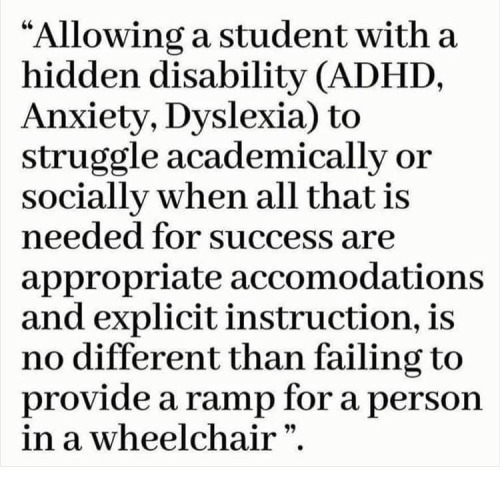I Found This Table Describing Two Different Ways Bipolar Disorder Can Present, Classic And Atypical.

I found this table describing two different ways bipolar disorder can present, classic and atypical. It’s interesting because while we talk more about the classic presentation, the atypical presentation is actually more common (it was discovered second, hence the name)
The most interesting thing to me personally is while many with bipolar disorder will fully recover between episodes, many won’t–they will experience subsyndromal symptoms. which is why i, and possibly many of you too, find myself in a sort of depression lite™️ even when im not in a full-on episode.
Here’s a video that goes over the chart and explains the difference between the two and a little bit of the history behind their discovery.
I haven’t seen anyone talk about this on tumblr, so I thought I’d bring it up. It‘s not diagnostic material, but psychologists do use these terms when deciding what medication will (probably) best treat your specific case, with the classic presentation responding better to lithium and atypical responding better to anticonvulsants and atypical antipsychotics
isn’t that neat?
More Posts from Bipolaruchiha and Others
I'm in a support group for queer adults with disabilities (before I joined i didn't even know there *were* groups for that overlap, it's amazing and I love it) and we had our digital meeting on Monday. I shared your most recent flag update, where you had moved the new version to the public domain. Especially since we were talking about the ADA and its anniversary, it was very fitting. Everyone really liked it! Several people commented about the symbolism, in particular. So, just letting you know of some responses from outside tumblr. Thank you for putting it out there!
Thank you!
(Confession: At the time you first sent me this ask, the new version of the flag was not yet in the Public Domain. But it is, now! 🏴🎇🏴)
Shamelessly plugging the new version, again – especially since I want it to eclipse the old one:


To the extent possible under law, Ann Magill has waived all copyright and related or neighboring rights to Visually Safe Disability Pride Flag. This work is published from: United States.
And for those who want detailed ‘specs’:
The ratio of overall breadth to overall length is 3 to 4. The ratio of the flag’s overall length to the width of each stripe is 10 to 1 (So the ratio of the overall length to the width of the combined stripes is 2 to 1).
The Hexadecimal codes for each of the colors are:
The Field: #585858
The Red: #CF7280
The Yellow: #EEDF77
The White: #E9E9E9
The Blue: #7AC1E0
The Green: #3AAF7D
Now, as to the symbolism: in the original flag, the zigzags were meant to represent “navigating around barriers.” But instead, they were the barrier – so they were removed.
So let me put the story of the new symbolism into words – here and now– and thereby bring it into being:
The Black, as it was from the beginning, represents rage and mourning for those who’ve suffered violence and abuse because of their disabilities.
The five colors, in order from left to right, represent bodily disability, neurodivergent disabilities, invisible and/or undiagnosed disabilities (always in the center, because any disability can be invisible at any time), mental illness/emotional disabilities, and sensory disabilities.
The colored band starts at the top of the hoist, which is a starting place of honor, and ends at the fly, which represents moving outward into the world.
Walls and locked doors (behind which Disabled People have been hidden for too long) are right angles, and square. And so the colored band is a diagonal that cuts across those right angles, in defiance.
The five stripes are parallel, to represent our solidarity.
There! How’s that?




“The focus on cis white male presentations of autism creates a massive diagnosis barrier for marginalised people. Our actions are viewed differently depending on our race / gender etc. We need better representation in media and we need academics to understand and embed cultural nuance, not seek to further restrict diagnosis.” (@girl_unleeshed on Twitter)
Here’s the second comic I worked on for Autism Acceptance month! This comic is a collaboration with Leesha (@girl_unleeshed). Please check out her Twitter to read more of her awesome and thoughtful writing!
I have trouble taking care of my teeth because everything that involves doing that is a sensory nightmare. I decide to do some research to see if there's anything I can do about this. The results?
"How to make your autistic child brush their teeth"
"Autistic Children and Sensory issues relating to tooth brushing"
"How to get your little shit to brush his fucking teeth"
Like, yeah Google, thanks, that really helps. And like, even if I was a child, some of the advice seemed... unhelpful. Like, doing a dance and singing a song while brushing your teeth? Even for a kid, I don't think that would help distract from a sensory experience as intense as brushing your teeth. Like, the extremely intense and unpleasant flavor, the intense feeling of the brush against your teeth scraping across it, even mouthwash has such an intense and disgusting flavor that I have difficulty keeping it in my mouth for more than a few seconds. I wish there was SOMETHING that could be done.
You want the real ADHD experience?
Most ADHD resources

Trying to find coping mechanisms or tips

Mentioning ADHD to anyone

Trying to get professional help



Happy ADHD invasion guys! Here is my piece for this year’s cosmic takeover, a little reflection on my journey with adhd :)
"I support people with POCD as long as they seek help and don't act on their urges" people with POCD don't HAVE "urges" they have intrusive thoughts that they are disgusted and horrified by and would never act on, please learn the difference
somewhere around 60% of bipolarians are unemployed, and bipolar disorder is the sixth leading cause of disability in the world so here is a reminder that youre not alone. your worth is inherent and not linked to how well you can do a job. you have worth because you are alive not because you are able to produce labor for someone else. happy disability pride month to all the bipolarians who don’t or can’t have a job. I’m proud of you.
and for those who do work, 88% of bipolarians surveyed said that bipolar disorder affected their ability to perform at work, so if you work and struggle, here is a reminder that you’re not alone. I recognize the struggles you face, from those caused directly by your illness, to discrimination, to working hard to appear “normal,” your efforts dont go unnoticed. your worth isnt defined by how well you do your job, either. happy disability pride month to all the bipolarians who struggle through their work but still manage to get it done. I’m proud of you, too.
-
 bramblebog reblogged this · 1 year ago
bramblebog reblogged this · 1 year ago -
 bramblebog liked this · 1 year ago
bramblebog liked this · 1 year ago -
 poopefrancis liked this · 2 years ago
poopefrancis liked this · 2 years ago -
 femem liked this · 2 years ago
femem liked this · 2 years ago -
 justanotherlostdude liked this · 2 years ago
justanotherlostdude liked this · 2 years ago -
 crepuscularcanid liked this · 3 years ago
crepuscularcanid liked this · 3 years ago -
 rabarbermupp liked this · 3 years ago
rabarbermupp liked this · 3 years ago -
 frank-n-louie liked this · 3 years ago
frank-n-louie liked this · 3 years ago -
 tulipsinthesky reblogged this · 3 years ago
tulipsinthesky reblogged this · 3 years ago -
 spacebutgay liked this · 3 years ago
spacebutgay liked this · 3 years ago -
 nowemustletgo reblogged this · 3 years ago
nowemustletgo reblogged this · 3 years ago -
 nowemustletgo liked this · 3 years ago
nowemustletgo liked this · 3 years ago -
 borderlinecatra reblogged this · 3 years ago
borderlinecatra reblogged this · 3 years ago -
 badmothertrekker reblogged this · 3 years ago
badmothertrekker reblogged this · 3 years ago -
 badmothertrekker liked this · 3 years ago
badmothertrekker liked this · 3 years ago -
 missyslittlewitch liked this · 3 years ago
missyslittlewitch liked this · 3 years ago -
 wasarenehere liked this · 3 years ago
wasarenehere liked this · 3 years ago -
 thisisnotsafeplace liked this · 3 years ago
thisisnotsafeplace liked this · 3 years ago -
 varian-ross-horror-author liked this · 3 years ago
varian-ross-horror-author liked this · 3 years ago -
 bonesandblood-sunandmoon reblogged this · 3 years ago
bonesandblood-sunandmoon reblogged this · 3 years ago -
 no-rain-no-flower liked this · 3 years ago
no-rain-no-flower liked this · 3 years ago -
 witheredsoulnflower liked this · 3 years ago
witheredsoulnflower liked this · 3 years ago -
 b0chelly liked this · 3 years ago
b0chelly liked this · 3 years ago -
 voiceshearingyouloud reblogged this · 3 years ago
voiceshearingyouloud reblogged this · 3 years ago -
 pikafreaka liked this · 3 years ago
pikafreaka liked this · 3 years ago -
 sweetbutpsycho61 liked this · 3 years ago
sweetbutpsycho61 liked this · 3 years ago -
 aki-far liked this · 3 years ago
aki-far liked this · 3 years ago -
 vanessalunaok reblogged this · 3 years ago
vanessalunaok reblogged this · 3 years ago -
 dreamerthatlistensto reblogged this · 3 years ago
dreamerthatlistensto reblogged this · 3 years ago -
 marigoldstardust liked this · 3 years ago
marigoldstardust liked this · 3 years ago -
 steelfeathersnn liked this · 3 years ago
steelfeathersnn liked this · 3 years ago -
 azumari liked this · 3 years ago
azumari liked this · 3 years ago -
 sicko-central reblogged this · 3 years ago
sicko-central reblogged this · 3 years ago -
 lapsed-bookworm reblogged this · 3 years ago
lapsed-bookworm reblogged this · 3 years ago -
 raspberry-bi liked this · 3 years ago
raspberry-bi liked this · 3 years ago -
 ptsd-akira reblogged this · 3 years ago
ptsd-akira reblogged this · 3 years ago

